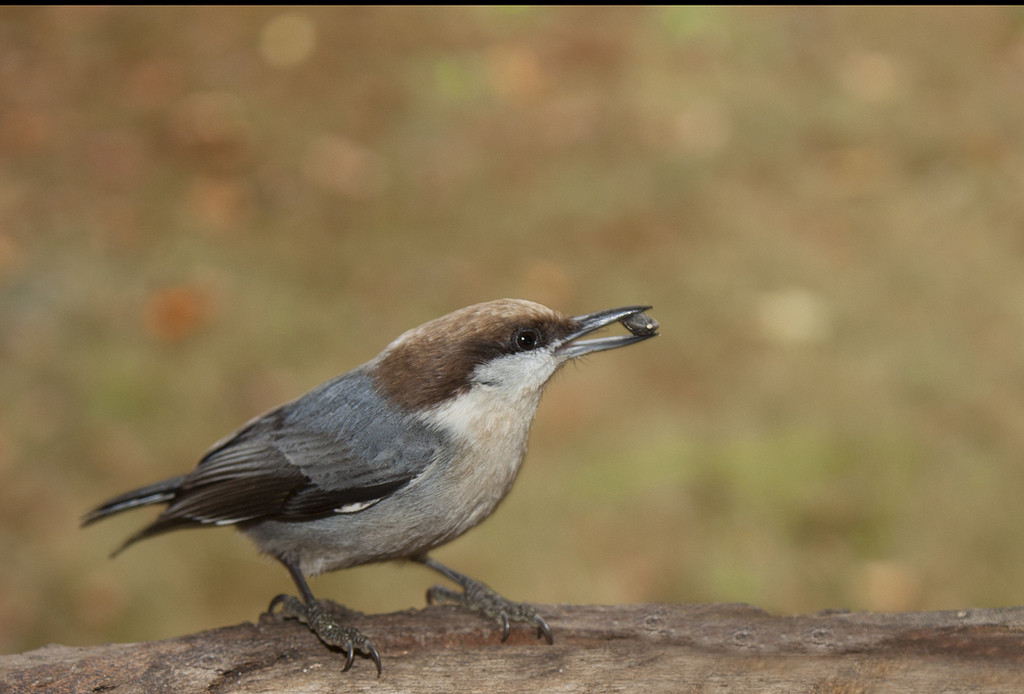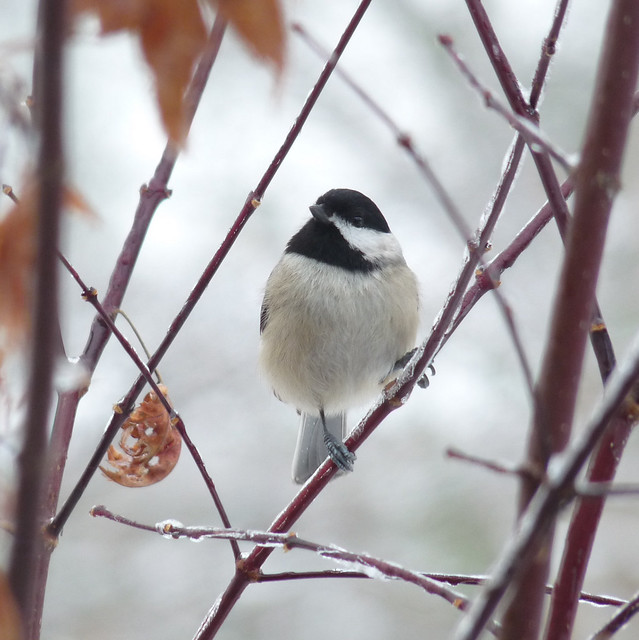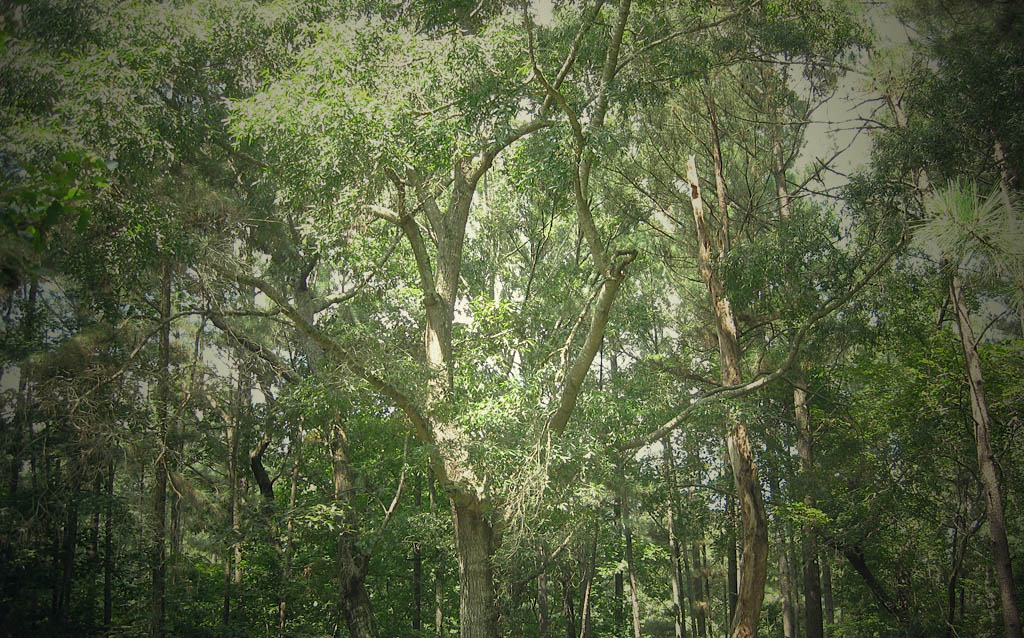I like birds, as you may notice if you read much around here. I find them fascinating. I’m alternately amazed by and fearful for the complexity of habitats and migratory patterns; I worry about the impact on them of things like wind farms and urban lighting and even overzealous tree-pruning. The brown-headed nuthatch may not be most people’s idea of charismatic megafauna, but I like them.

So, not surprisingly, among the many other emails I get from the many other subscriptions I’ve long since come to regret, I get emails now and then about bird science and bird conservation.
This morning I got an email from the Audubon Society with the subject “Preserving America’s Conservation Legacy.” Note the wording: not “conserving America’s natural places” or its natural beauty or natural heritage or even preserving conservation itself but preserving our conservation legacy. Not about protecting birds, but about our proud history of protecting birds, which is not quite the same thing.

